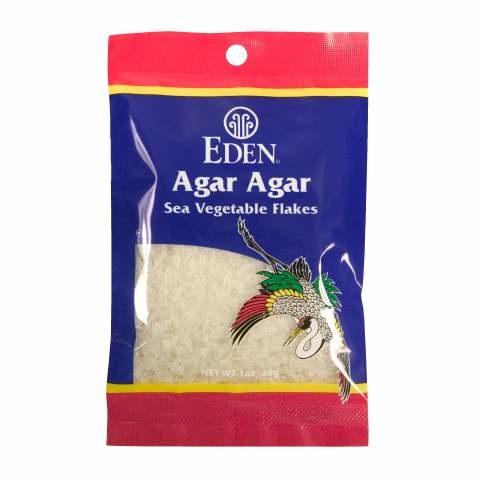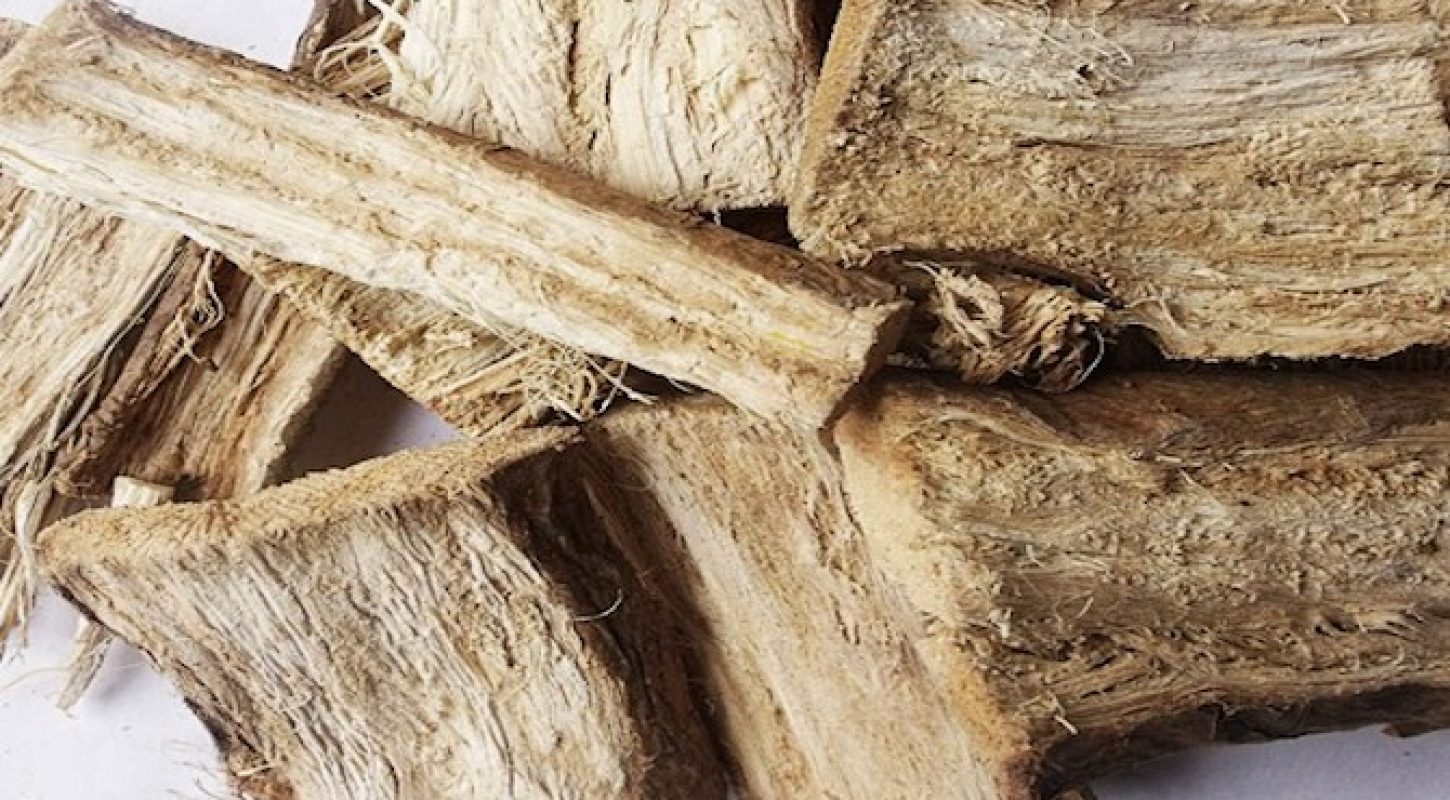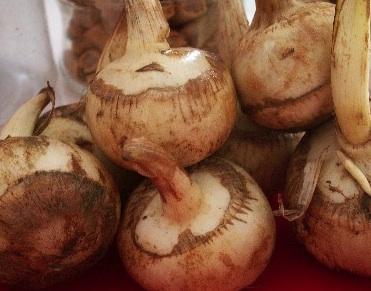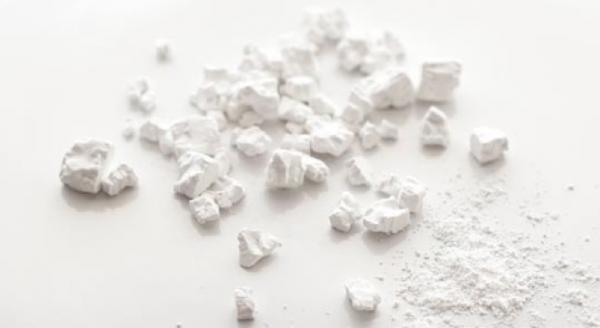If you’ve ever cooked a sauce or gravy from scratch, you’ve likely used a thickener. Perhaps the best-known and most easily accessible thickening agent is cornstarch. Derived from the endosperm of corn and then fermented, cornstarch is highly processed and not particularly nutritious. Arrowroot, agar agar (or kanten), and kuzu are all more natural thickening agents that you can substitute for cornstarch. Which one you choose depends on what you’d like to make! Read on for a breakdown of where each of these starches comes from, what they’re best used for, and what health benefits they offer:
Arrowroot is a perennial herb found in rain forest habitats. It thickens at a lower temperature than cornstarch and is ideal for delicate dishes like souffle’s or clear sauces, like sweet and sour sauce. It also freezes well, so you can use it in dishes that you plan to reheat later. Relatively flavorless, and low in fiber and calories, arrowroot is known for being easy on the stomach. Once considered to be powerfully medicinal, arrowroot is now thought to have few nutritional properties, although there is some evidence that it may help to lower cholesterol.
You can buy arrowroot starch here.

Agar agar (known in Japanese as Kanten) is derived from red algae, and is most commonly used as a thickener in Asian desserts (it sets like jello), as well as a clarifying agent in brewing beer. Because Of it’s high fiber content (80%), agar agar provides a feeling of fullness, and actually expands after being ingested. It has been part of a fad diet in Asia and has recently received some press coverage in the U.S. as an antidote to obesity. Agar Agar is a dietary source of iron, phosphorus, calcium and vitamins A, B1, B6, biotin, C, and D, and contains fewer calories than animal gelatin. The Chinese view agar agar as a ‘cooling’ food, ideal for treating headaches, fever, or even acne. It’s also used in Chinese medicine to treat constipation by cooking it with Apple juice and drinking it before it sets. You would make it just as you would make Kanten, but drink it while it’s hot. It’s important to note that the b-12 in agar is not useable in the human body. It’s called b-12 analog and our bodies can’t break it down for use… So even though it has b-12 in it, it’s not really a source.
Kuzu Root is derived from the Japanese plant that is also now common in the American South (it’s called Kudzu in the South). Kuzu is a starch that is commonly used as a food ingredient and in Vietnam is dissolved as a beverage, drunk with pomelo oil. Like arrowroot, kuzu adds shine and produces translucent sauces and gravies. Kuzu powder comes in white chunks that you have to crush (or dissolve in cool liquid) before cooking. It looks like crack! Not that I have any idea what that looks like, but it comes in big, white chunks.
It’s traditionally used to relieve digestive problems (by creating an alkaline condition in the digestive tract), and is also believed to suppress a desire for alcohol.
You can buy kuzu root here.
Have you tried arrowroot, agar agar, or kuzu? Start your adventures with these delicious kuzu recipes from The Kind Diet:
- Candied Gingered Pears (p. 278)
- Peach Crumble (p. 194)
- Plum Soup (p. 280)
- Vegetable Tempura (p. 274)
- Lemon-Poppy Seed Pound Cake (p. 188)
as well as recipes found in The Kind Mama:
- Sweet Calming Kuzu (p.297)
- Ume Sho Kuzu (p.297)
If you’d like to try agar agar, you can try the tangerine kanten recipe on page 219 of The Kind Mama. If you want to go the medicinal route, agar agar mixed with apple juice helps with constipation. Kuzu drinks are used for many other digestive issues, from acidic stomach, to indigestion, to diarrhea. Digestive issues are all different, but most of them are the result of an acidic condition.
Constipation is totally different – it’s not caused by acid, but by stagnated energy, which could be acid, but not always. So the starch base of kuzu would make constipation worse. Starch is binding and it’s the fiber and manganese in the agar agar that opens the constipation.
To relieve constipation, you can try this recipe:
Take 1 cup of apple juice and cook it with 1 tablespoon of agar flakes and a pinch of salt. Cook, stirring over low heat til the flakes dissolve, about 10-12 minutes. Stir constantly and drink it hot. You can squeeze a wee bit of lemon juice in it, if you feel like it, but it isn’t needed.
Thank you, Christina Pirello, for helping me put together this info!
Do you cook with agar agar, kuzu, or arrowroot?
Photo Credit: Eat the Weeds, Carewell Unani Hospital, & Eden Foods






